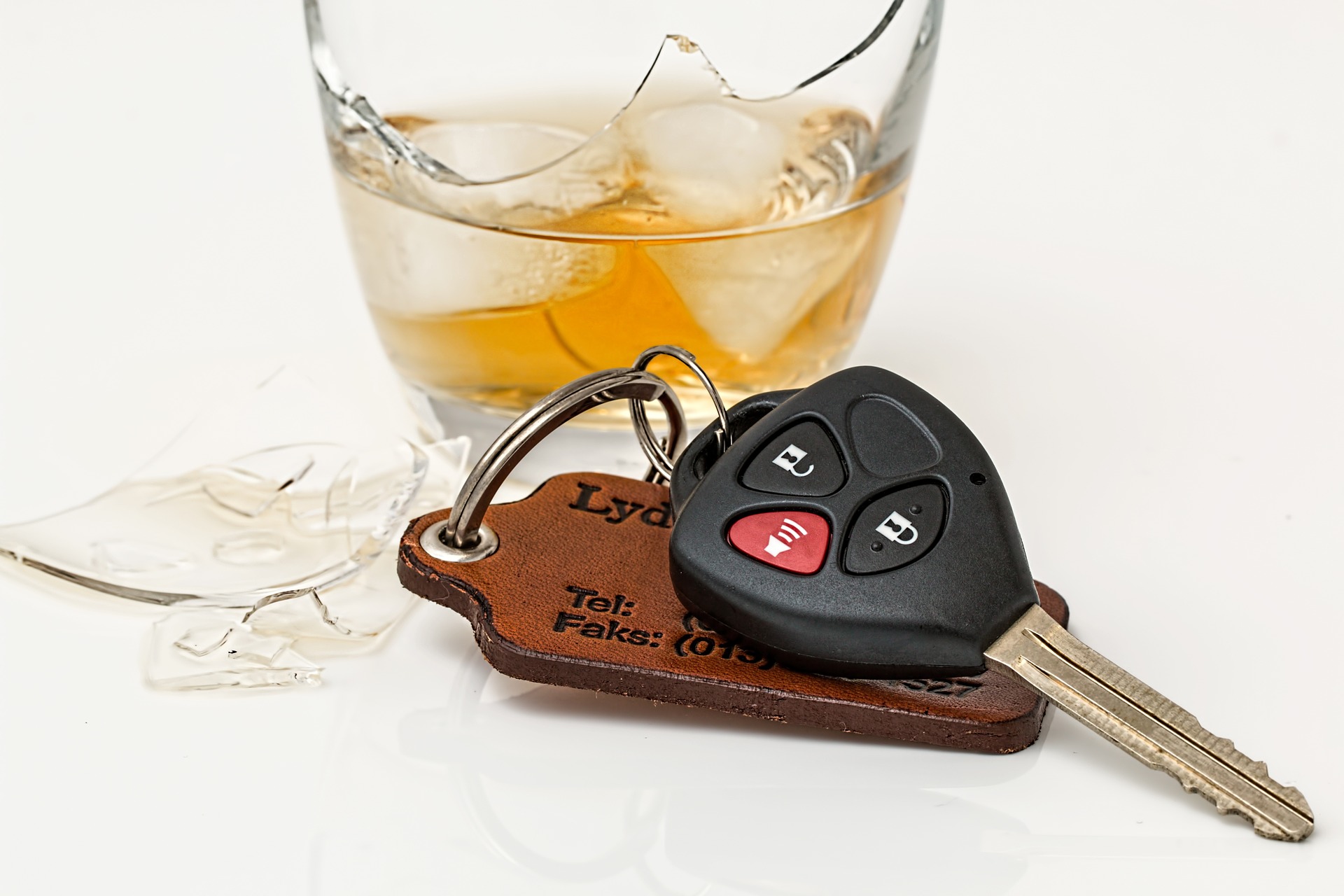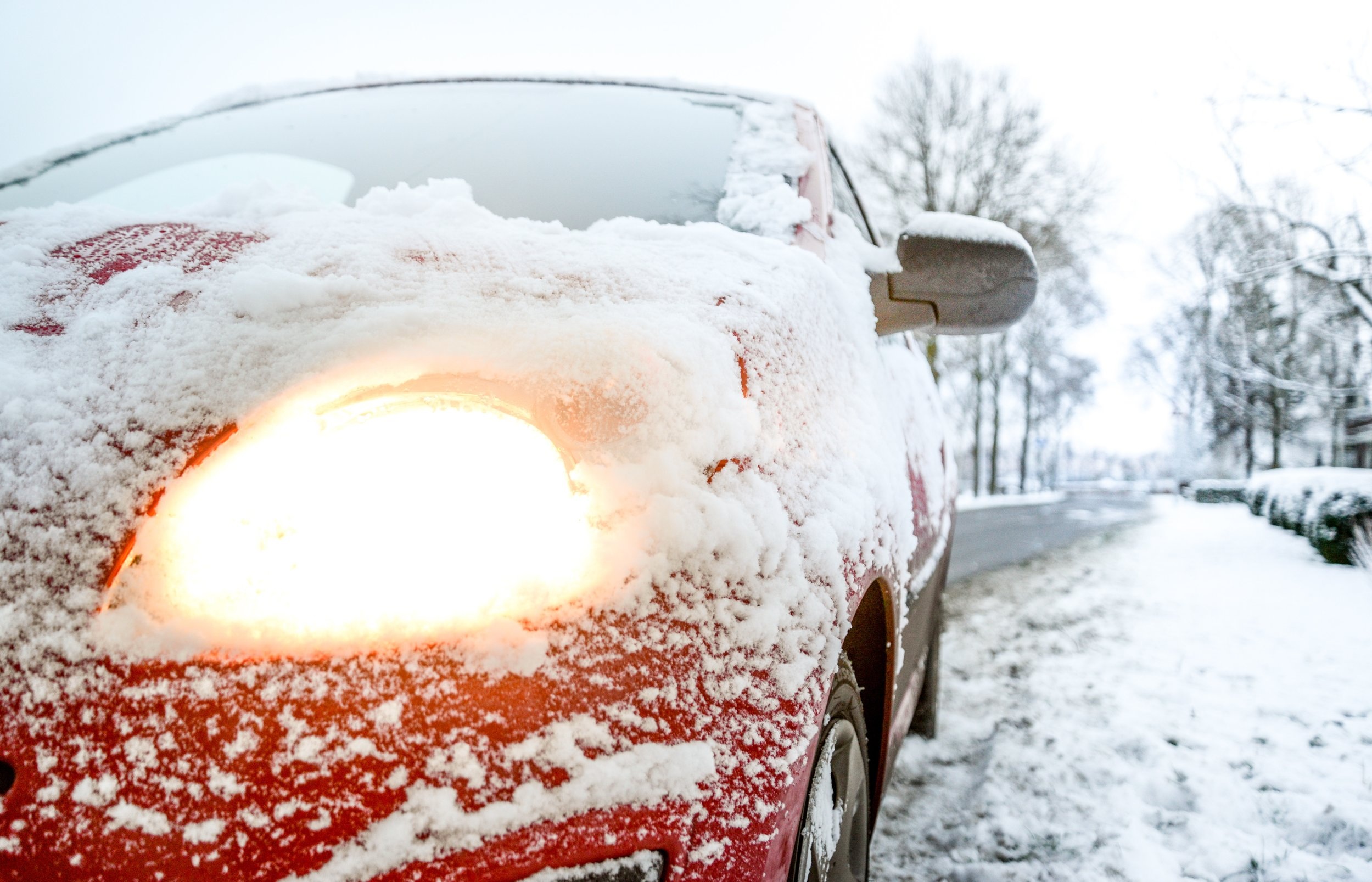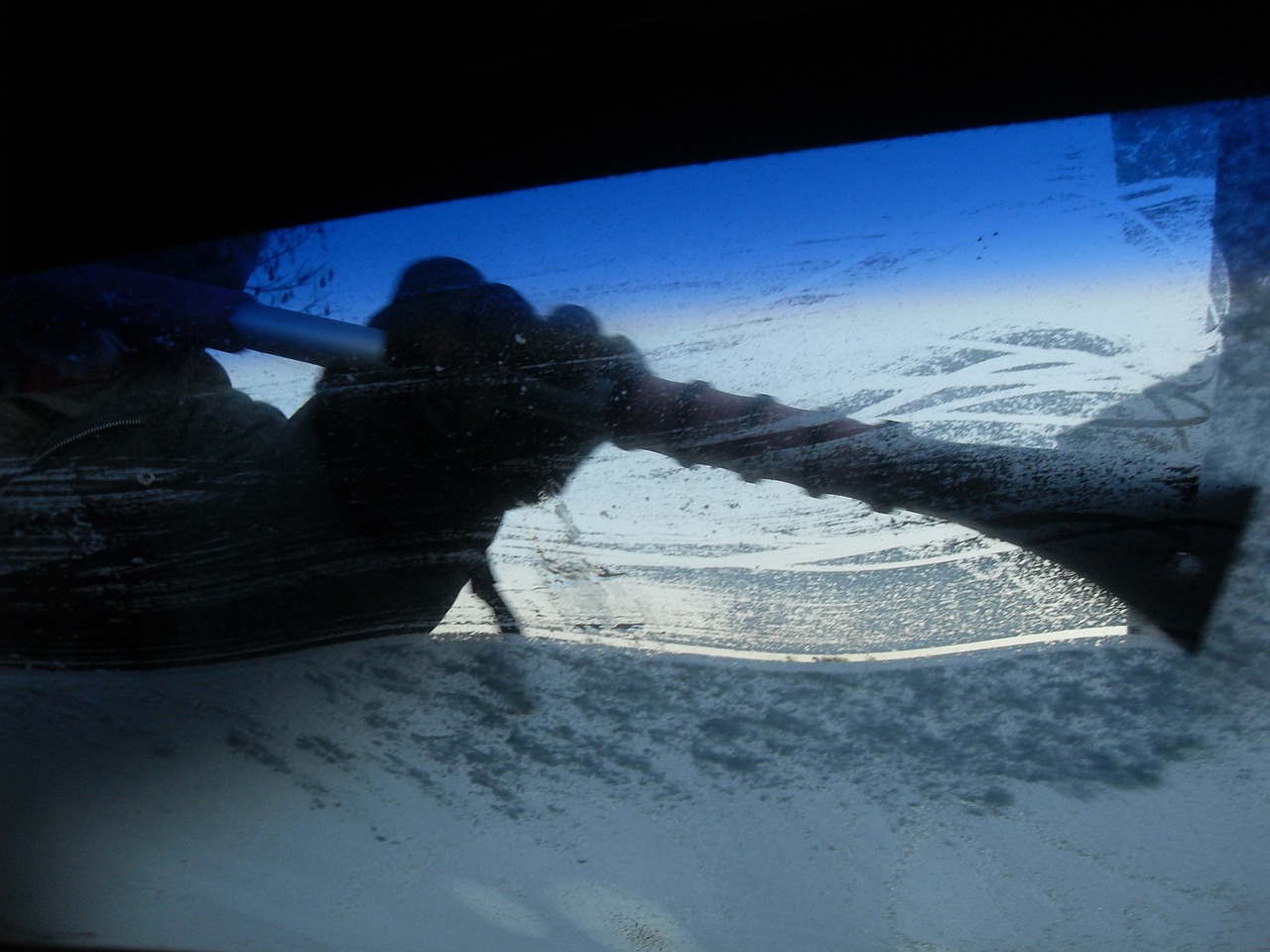According to the National Highway Traffic Control Safety Administration (NHTSA), “in 2017, 10,874 deaths were caused from drunk driving crashes.” And despite the fact that it’s illegal to drive in the US, Michigan included, with a BAC of .08% or higher, The Michigan State Police (MSP) says that, “tens of thousands of people are arrested annually in Michigan for alcohol-related driving offenses.” But if this large number of car accident deaths caused by drunk drivers doesn’t make them feel guilty enough to stop driving under the influence of alcohol, maybe the financial and legal punishments will.
Fighting the cost and consequences of a drunk driving conviction can be like fighting for the Iron Throne in Game of Thrones. The MSP discusses what they are.
Costs And Consequences Of A Drunk Driving Conviction
If BAC is below .17 and this is a first offense:
Up to $500 fine.
Up to 93 days in jail.
Up to 360 hours of community service.
Up to 180 days license suspension.
6 points on a driver's license.
If BAC is .17 or higher and this is a first offense:
Up to $700 fine.
Up to 180 days in jail.
Up to 360 hours of community service.
Up to one year license suspension.
6 points on a driver's license.
Mandatory completion of an alcohol treatment program.
Ignition interlock use and compliance after 45 days license suspension is required to receive a restricted driver's license. Convicted drunk drivers have limited driving privileges, are prohibited from operating a vehicle without an approved and properly installed ignition interlock device, and are responsible for all installation and upkeep costs for the device.
Jay-walking may lead to a slap on the wrist and littering may lead to a small fine, but drunk driving can ruin lives. The irony is that drunk driving car crashes are 100% avoidable. Car accidents happen all the time. Drivers can’t 100% stop their cars from slipping on black ice or crashing into a deer that came out of nowhere. But, avoiding drunk driving car crashes is as simple as not driving after drinking alcohol.
Drunk drivers put the lives of everyone on the road at risk when they make the dangerous decision to get behind the wheel after drinking. DUI attorneys may be able to get the drunk driver out of trouble, but the guilt of causing avoidable injuries to innocent people can never be erased. The drunk driving car crash attorneys at The Michigan Law Firm, PC help drunk driving victims seek justice for their injuries. Call us at 844.4MI.FIRM for a free legal consultation.

































